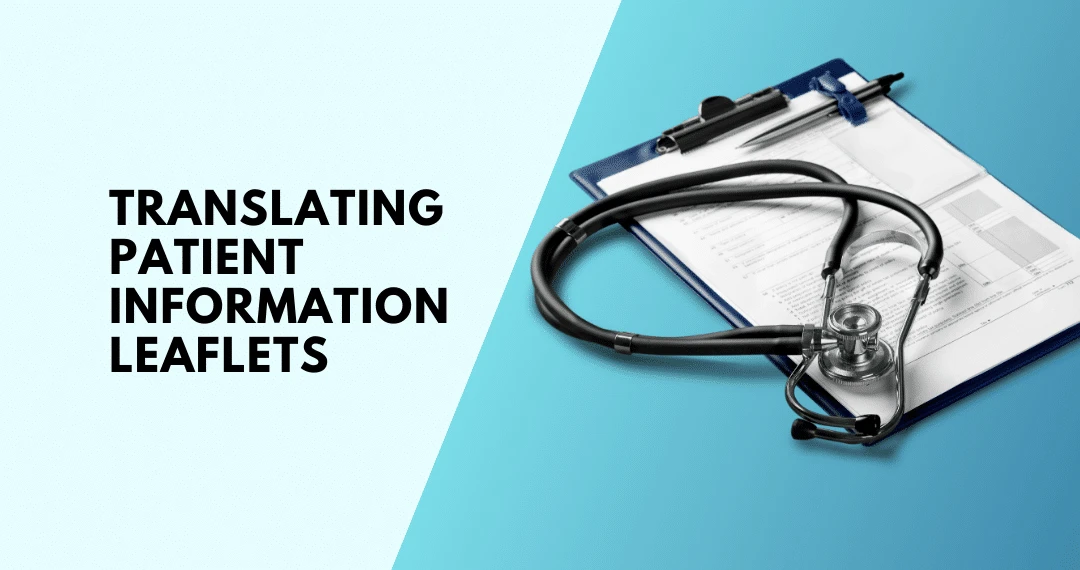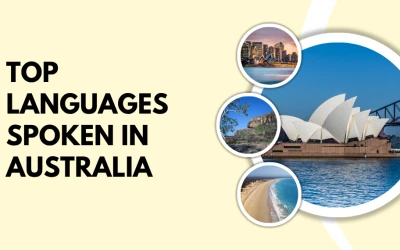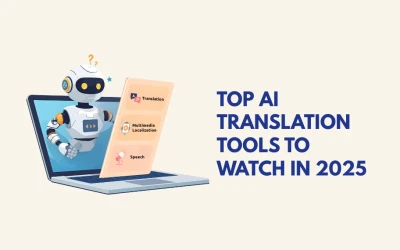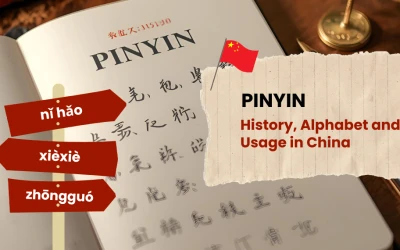In today’s globalized world, access to healthcare and medication is oftentimes hindered by language and cultural barriers.
Patient Information Leaflets Translation, which is a type of medical translation, is instrumental in helping people make more informed decisions about their health.
Patient Information Leaflets (PILs) are essential for guiding patients on the safe and effective use of their medications.
Their accurate translation ensures that individuals, regardless of their language, education, and culture, can understand dosage instructions, potential side effects, and warnings, ultimately preventing misuse and promoting patient safety.
In this blog, we will explore the importance of PIL translation and its role in enhancing health literacy across diverse populations.
What are Patient Information Leaflets
Patient Information Leaflets (PILs) are technical documents that are included in medicines packaging. These types of documents aim to provide essential information for the patients in terms of proper and efficient usage of the medication.
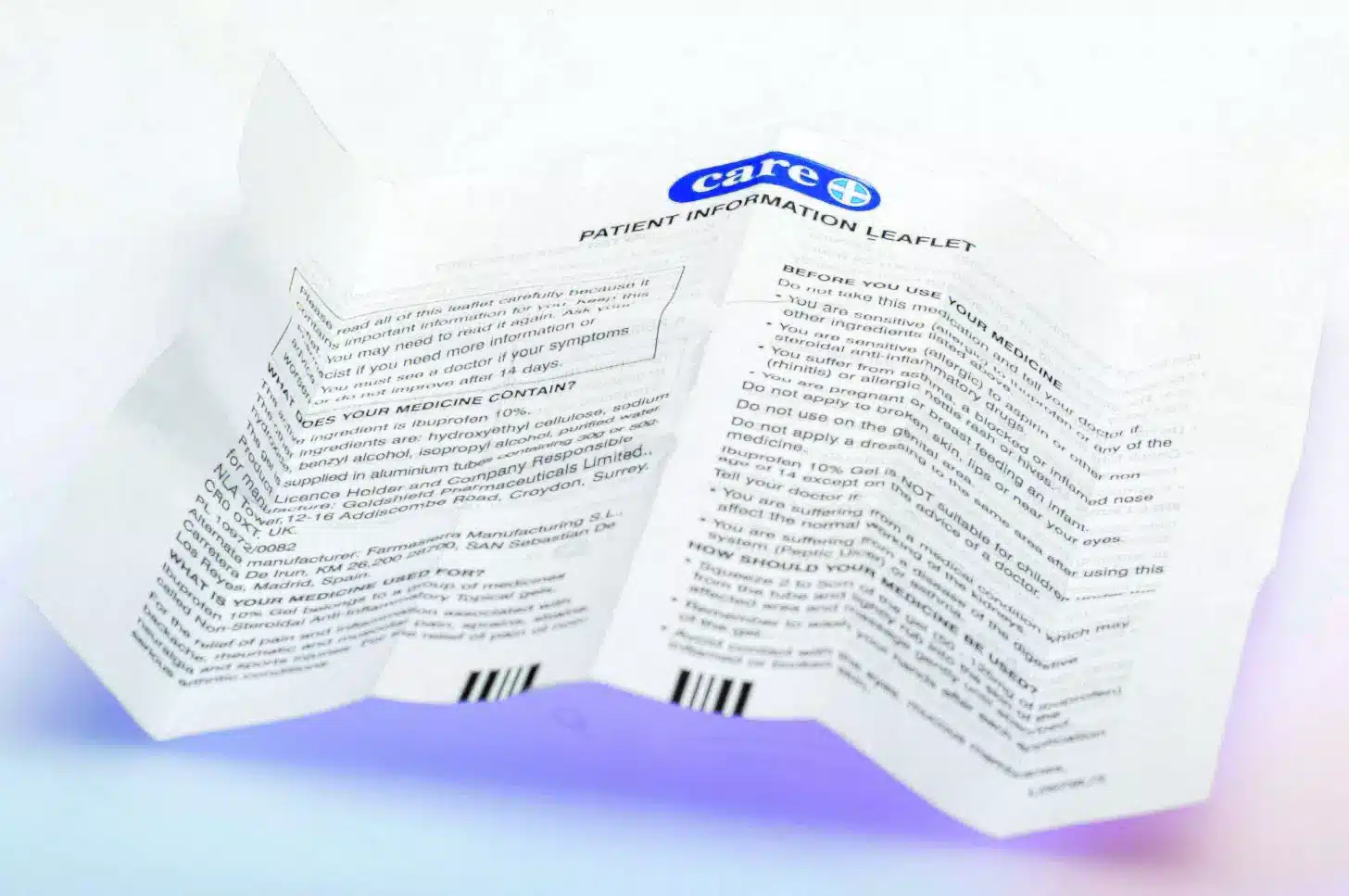
PILs are provided by the manufacturer and typically follow a standard template.
Their layout often includes different sections about the drug’s purpose, dosage instructions, potential side effects, precautions, and storage guidance.
Importance of PIL translation
A recent study found that LEP (Limited English Proficiency) patients are 2.5 times more likely to experience an adverse event in healthcare settings than English-speaking patients.
In addition, miscommunication due to language barriers caused medication errors in 14% of patients with LEP.
These statistics showcase that Patient Information Leaflets Translation is crucial for several reasons, such as:
1. Improving Comprehension for Non-Native Speakers
Ensuring that non-native speakers can fully understand how to use medications safely is essential to protecting their health. Translated Patient Information Leaflets (PILs) make complex medical instructions, such as dosage schedules, contraindications, and warnings, accessible and easy to follow.
2. Reducing the risk of misuse, incorrect dosages, or harmful side effects
Misuse, incorrect dosages, or harmful side effects often stem from misunderstandings caused by language barriers. Professional translations eliminate ambiguity and ensure patients receive accurate information in their native language. This significantly reduces the risk of preventable medication-related incidents.
3. Promoting better health outcomes by offering accessible information about the correct use of medication
When patients clearly understand how to take their medication, they’re more likely to follow instructions properly and consistently. This improves treatment adherence, enhances recovery, and lowers the risk of complications. Translated PILs make essential medical information accessible to everyone, leading to better overall health outcomes.
4. Ensuring that all patients can make informed decisions about their treatment, regardless of their language proficiency
Patients must understand the purpose, risks, and proper use of their medication to provide informed consent. When information is available in a language they understand, it allows them to take an active role in their care. This promotes autonomy and equitable access to treatment.
5. Supporting legal compliance and healthcare standards
Many countries have regulations requiring meaningful access to healthcare information for LEP patients. Providing translated PILs helps healthcare providers meet these legal obligations and avoid potential liabilities.
Also read: IFU Translation: Importance, Requirements & Best Practices
Common Challenges of PIL Translation
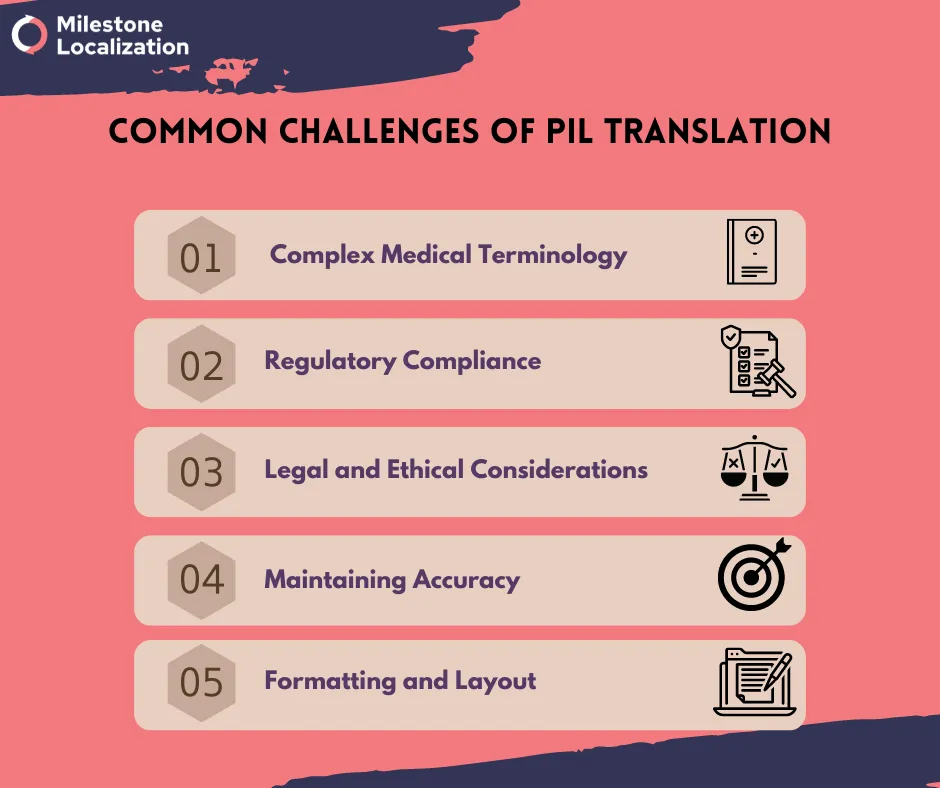
Patient Information Leaflets Translation is a complex process involving a number of different steps.
Having a good understanding of any possible challenges that might come up along the way, however, is the best way to prepare!
1. Complex Medical Terminology
The field of medical translation is notorious for its complicated terms and phrases!
Technical documents, such as patient information leaflets, contain numerous medical and technical terms that are impossible to translate accurately without specialized knowledge on the topic.
Only well-trained, experienced translators can ensure that the terms are correctly adapted into the target language and the original meaning of the document is retained.
Using an incorrect or ambiguous term, on the other hand, can lead to confusion. This, in turn, can cause misuse of the medication and put the patient’s safety in jeopardy.
2. Regulatory Compliance
Every country has specific regulations for how patient information must be provided. These regulations may vary in terms of content, wording, and layout requirements.PIL translation needs to align with these local regulatory standards.
Ensuring compliance is essential practice in medical translation in order to avoid legal issues. Proper translation can ensure that the leaflet is legally recognized by the local healthcare authorities.
3. Legal and Ethical Considerations
Patient Information Leaflets must be legally accurate, but also ethically responsible.
This means that while it is legally binding to include sensitive information to inform patients about all possible risks, it is also a must to communicate this information in a culturally appropriate manner.
Ensuring that no critical information is lost during translation is another ethical consideration that translators need to be aware of.
4. Maintaining Accuracy
Accuracy is of paramount importance when it comes to PIL translation due to the high risk nature of these kinds of technical documents.
Even minor translation mistakes or inaccuracies can have serious consequences for patient health.
Thus, translators need to ensure that every detail like information about the medicine, dosage instructions, and side effects is communicated accurately.
5. Formatting and Layout
Formatting and layout of PILs are devised in a way that assists rather than confuses patients.
In other words, the way the information is presented should enable patients to read and understand it more easily.
Translators, on the other hand, must adapt the text without disrupting the original layout. What’s more, it’s essential to ensure that the end translation maintains the same clear structure and is as user-friendly as the source text.
Different languages, however, may require more or less space, making it challenging to preserve the original formatting.
The so-called RTL (right-to-left) languages, such as Arabic and Hebrew, are yet another challenging aspect for PIL translation. These languages require the adaptation of the layout, so that the information could be read from right to left.
For instance, paragraphs, bullet points, and lists are aligned to the right, while tables, charts, and diagrams may need to be restructured or mirrored.
Strategies for Overcoming Common Challenges

In order to achieve the best Patient Information Leaflets Translation one needs to prepare for any uphill battle that might come up along the way. Here are some suggestions:
1. Effective Communication with the Translator
Establishing clear communication with the translator is crucial to ensure accurate Patient Information Leaflets Translation.
As a client, it’s important to provide detailed instructions on the scope of the project and the expectations. It’s always useful to provide some context about the product as well as access to medical experts for clarification on complex terminology.
PIL translation is a complex endeavor and thus, continuous collaboration helps prevent misunderstandings.
2. Cultural Adaptation Techniques
Translating a leaflet involves more than just simply transferring information from one language into another—it requires the adaptation of the content to the cultural context of the target audience.
Cultural adaptation techniques include considering local health practices, beliefs, and sensitivities to ensure that the information is both understandable and relatable.
By employing cultural adaptation techniques, PIL translators can ensure that the leaflet resonates with the audience while remaining respectful and appropriate to their belief system.
3. Regulatory Navigation
Adhering to the legal and regulatory requirements of each region is critical in PIL translation.
This can be achieved by doing in-depth research on local healthcare regulations. What’s more, working closely with compliance experts to ensure the translated leaflet meets all necessary standards is always beneficial.
It’s also important to note that tailoring the translation to meet the specific regulatory guidelines of the target market helps avoid delays in product approval and ensures patient safety.
4. Simplify Language for Clarity
To improve accessibility, it’s important to simplify medical language. However, this must be achieved without compromising accuracy.
Employing simple, straightforward language helps ensure that all patients, regardless of their education and background, can easily understand the instructions.
This strategy reduces the risk of errors in medication usage and enhances patient comprehension, making the PIL effective for a broader audience.
5. Implement a Quality Assurance Process
Implementing a rigorous quality assurance (QA) process is a must medical translation. What’s more, this is the best way to ensure thatin the final PIL translation is accurate and consistent.
This includes steps like peer reviews, back-translation (translating back into the original language), and testing the translated leaflet with native speakers.
By incorporating multiple levels of QA, the risks of overlooking potential mistakes is drastically reduced.
Looking for Patient information leaflet translation?
Best Practices for Translating Patient Information Leaflets

Patient Information Leaflets Translation is a challenging endeavor, so keeping in mind some of the tried and true best practices might help you along the way.
1. Work with ISO-Certified Translation Companies
Partnering with ISO-certified translation companies guarantees that high-quality standards are maintained throughout the translation process.
ISO-certified translation agencies are required to follow strict guidelines in order to ensure accuracy, consistency, and quality control.
These, in turn, are essential components when it comes to medical translation and its high-risk nature.
The ISO certification guarantees a structured approach, reducing the risk of errors and ensuring compliance with regulatory requirements, which is essential for Patient Information Leaflets Translation.
Working with a company with an ISO 9001 and ISO 17100 certification ensures a strong quality management process and industry-specific standards, which are essential for accurate and reliable translation. These certifications not only address the risks and compliance but also ensure that every project is managed efficiently and to the highest quality.
2. Engaging Qualified Medical Translators
To achieve the best results, it’s crucial to work with medical translators who have a strong background in medical terminology and healthcare.
Qualified medical translators understand the nuances of medical language and can accurately translate complex medical texts.
This specialized expertise ensures that the information remains clear and medically accurate, ultimately enhancing patient safety.
3. Utilizing Translation Memory and Glossaries
Translation memory tools as well as glossaries are essential tools when it comes to maintaining consistency across multiple translations.
Especially, in the case of Patient Information Leaflets, such tools can ensure uniformity while also speeding up the translation process and reducing the likelihood of discrepancies or errors.
To further streamline the use of these tools, procurement automation can help efficiently source, onboard, and manage translation technology providers—ensuring the right tools are in place and aligned with project timelines and compliance requirements.
4. Prioritize Accessibility
Accessibility is a key consideration when it comes to Patient Information Leaflets Translation.
In order to achieve better accessibility, one should pay closer attention to details, such as using clear, easy-to-understand language and formatting the document in a way that is user-friendly.
Accessibility also means taking into account the needs of various audiences, including those with lower literacy levels or disabilities.
High degree of accessibility is a must due to the critical nature of PILs. This is the best way to ensure that every patient can safely use the medication.
Also read: 10 Reasons To Work With a Medical Translation Agency
Conclusion
Patient Information Leaflets Translation is the best way to ensure that all the information is communicated clearly to the patients.
This type of medical translation involves a number of steps to ensure the best possible end translation. Due to its complexity, challenges can be expected.
However, partnering with a reliable language service provider is always a sound decision. A professional language service provider would help you devise the best strategy for your PIL translation project and guide you along the way!
Get Your Patient information leaflets Translated
FAQS
What is a Patient Information Leaflet (PIL)?
A Patient Information Leaflet (PIL) is a document included with medication that provides essential, clear, and understandable information to patients about the medicine or medical product. It explains the purpose, dosage instructions, possible side effects, precautions, and other important safety information to help patients use the medication correctly and safely
What are the main challenges in translating patient information leaflets (PILs)?
Key challenges include complex medical terminology, regulatory compliance with local laws, legal and ethical accuracy, maintaining translation accuracy, and adapting formatting and layout for different languages.
Why is accurate translation of patient information leaflets so important?
Accurate translation ensures patients understand medication usage, dosage, side effects, and precautions, reducing medication errors and promoting patient safety, especially for those with limited proficiency in the source language.
How do regulatory requirements impact PIL translation?
Each country has specific legal and formatting standards for PILs. Translators must ensure that the translated leaflets comply with these regulations to avoid legal issues and facilitate product approval.
What strategies help overcome the challenges in PIL translation?
Effective communication with translators, cultural adaptation techniques, simplifying medical language for better accessibility, adherence to local regulations, and implementing a rigorous quality assurance process all help address challenges.
What are best practices for ensuring high-quality PIL translations?
Working with ISO-certified translation agencies, using qualified medical translators with domain expertise, employing translation memory and glossaries for consistency, and prioritizing accessibility for all patients are essential best practices.

